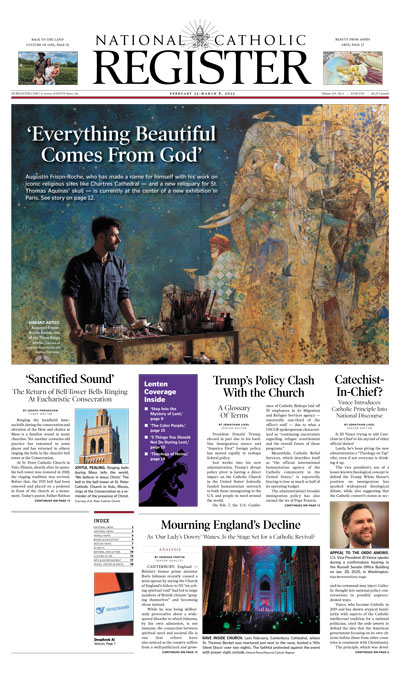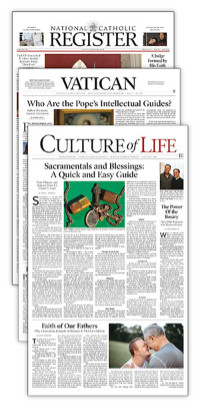Washington Exhibit Highlights ‘God’s Servant First,’ St. Thomas More
St. John Paul II National Shrine hosts relics and history of lawyer-saint.

WASHINGTON — When a young lawyer named Thomas More, a member of England’s Parliament, journeyed to Rotterdam, Netherlands, to converse with his humanist friends, the future saint appears to have absentmindedly left behind his brown felt hat.
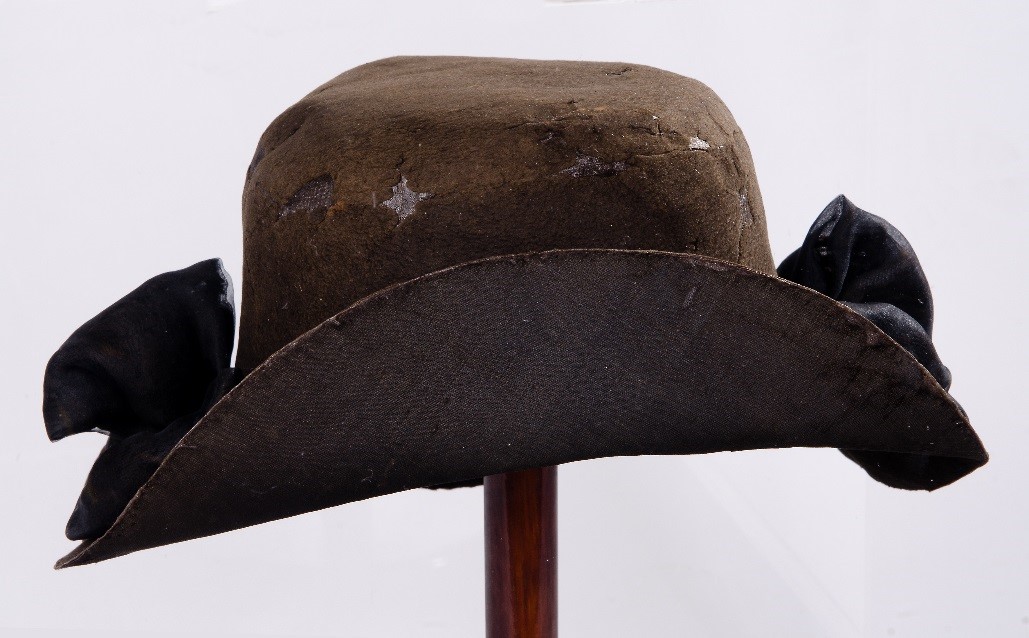
A former Lord Chancellor of England, More was beheaded on Tower Hill on July 6, 1535, ostensibly on a trumped-up charge of treason, but in reality because he would not recognize King Henry VIII as head of the Church in England. The king broke with Rome over the pope’s refusal to grant an annulment to his marriage to Queen Catherine of Aragon so that he could marry the much younger Anne Boleyn, who, the king hoped, would give him the longed-for male heir to the throne.
As for the forgotten hat, it came into possession of English Jesuits in 1654 and was presented to Stonyhurst College, the oldest surviving Jesuit school in the world, in 1835. It is now one of the many remarkable artifacts and relics that can be seen in “God’s Servant First: The Life and Times of St. Thomas More,” an exhibit at the St. John Paul II National Shrine in Washington through March 31.
The exhibit has been brought to Washington through co-sponsorship by the Knights of Columbus, which operate the John Paul II shrine, and the Christian Heritage Center at Stonyhurst. The curators were Janet Graffius, curator of collections at Stonyhurst, and Bethany Bromwell, curator of the John Paul II National Shrine. Lord and Lady Nicholas Windsor, Catholic members of the British royal family, are patrons of the Heritage Center.
Stonyhurst has special significance for U.S. Catholics, as John and Charles Carroll, respectively the first Catholic bishop in the United States and a signer of the Declaration of Independence, were educated there. Several Carroll family artifacts are included towards the end of the show.
According to Carl Anderson, supreme knight of the Knights of Columbus, St. Thomas More has always been important, but is even more relevant to Christians in “an era when many people look to the secular authorities for inspiration and guidance on what is right and just.”
“More’s relevance nearly 500 years after his death,” Anderson notes in the exhibit catalogue, “demonstrates that a courageous witness to truth lights the way for those who, like More, seek to perfect the unity of faith and action.”
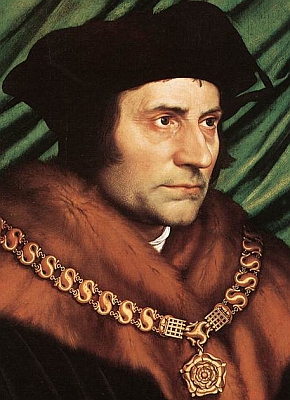
While the focus is on More, the exhibit also shows the panorama of the Christian history of medieval England up until the time of More, helpfully providing well-written texts on the walls to point out historical milestones.
The exhibit features a book of homilies of St. Gregory the Great, the pope who sent St. Augustine to England in the sixth century. The copy on display, sermons on the prophet Ezekiel, was produced in England for an abbot of St. Albans in the 12th century.
There are also a number of gorgeous medieval chasubles, including one in an intricate form of embroidery known as opus Anglicanorum (English work), with figures of the Virgin Mary and saints in silk and gold thread on red velvet. Another chasuble, featuring Eucharistic grapes and the Dove of the Holy Spirit, is almost certainly the work of Catherine of Aragon, who dedicated herself to embroidering vestments after she was exiled from court. This chasuble was given to the College of St. Omers, which became Stonyhurst, by King James II, the last Catholic king of England, in the 1680s.
The English Reformation encroaches into the exhibit with a fragment of a William Tyndale translation of the New Testament and a page from Sir Thomas More’s The Answer to the First Parte of the Poysoned Booke Which a Nameless Heretyke Named the Souper of the Lorde, printed in London in 1534. It was written in response to an anonymous attack on the Catholic teaching of the real presence in the Eucharist.
A poignant reference to the Reformation came in the form of a beautiful Book of Hours, produced in Flanders in the 1440s and then sent to England, that had been defaced in the reign of the fiercely Protestant King Edward VI, Henry VIII’s son. Indeed, the book was twice defaced: The feast of St. Thomas Becket was erased on an order given by Henry VIII, and another image of the Trinity and the Crucified Christ was altered as part of a general destruction of religious images in the younger king’s reign.
The exhibit presents St. Thomas More both as a private person, devoted to his family, and as a public figure. As a sign that the exhibit is both scholarly and devotional, a prayer stand has been placed before a relic that consists of fragments of the saint’s bone and a tooth enclosed in a rock crystal and silver reliquary. There is also a re-creation of the small cell in the Tower of London in which the saint spent his last days before being brought out to be executed.
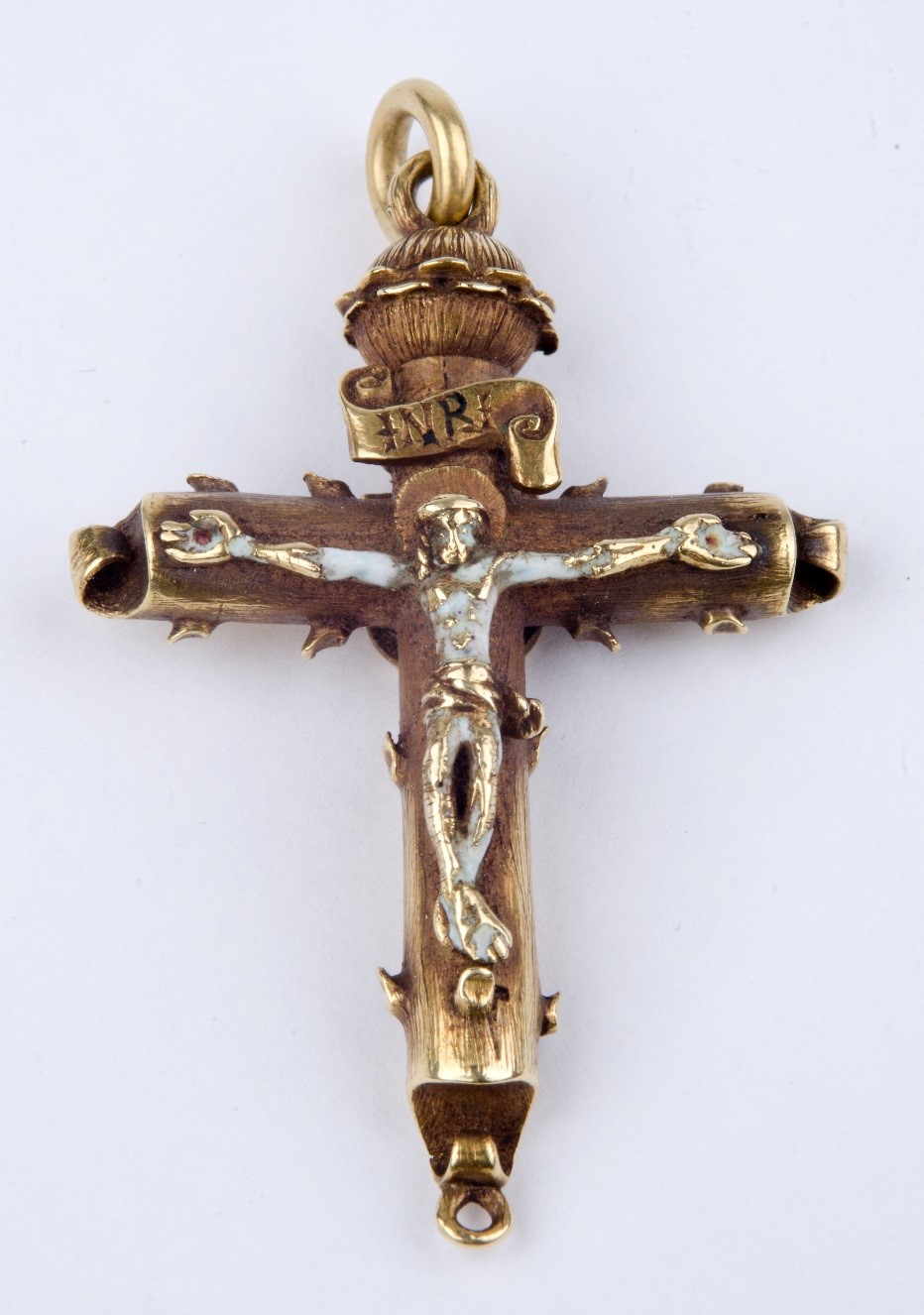
On a recent Sunday, individuals and a pilgrimage group from a local Washington-area Catholic parish looked intently on the objects as they passed through the exhibit. After the tour, some gathered for sandwiches and pastries brought from home. James Guinivan, a member of the Kings of Columbus and the Personal Ordinariate parish of St. Luke’s at Immaculate Conception, made a sobering observation. He commented on the relevance of a quote in the exhibit from G.K. Chesterton in an era when religious liberty has come under assault.
In 1929, Chesterton said that Thomas More “is more important at this moment than at any moment since his death ... but he is not quite as important as he will be in a hundred years’ time.”
St. Thomas More, pray for us!
Register correspondent Charlotte Hays writes from Washington.
- Keywords:
- british catholics
- catholic history
- charlotte hays
- john paul ii
- st. john paul ii national shrine
- st. thomas more



